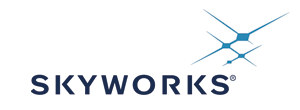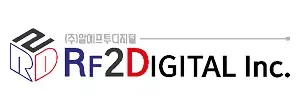For the first time since 2019, key representatives of the DRM Consortium, a not-for-profit organisation with over 100 international members, made full presentations in the Technical Committee meetings held on 26th and 27th Nov 2022, as part of the the ABU General Assembly 2022 held in New Delhi, India.
Here are some of the highlights of these presentations. One of the three was dedicated exclusively to receiver developments.
Low-cost DRM Receiver can now work for over 30 hours from 3AA rechargeable cells
Matthew Phillips, VP Marketing, CML Microcircuits Ltd, while speaking online in the Future Strategies Session, presented a breakthrough innovation in DRM Digital Broadcast Radio Receivers. made by his company jointly with Cambridge Consultants (UK), by developing a core component to implement a full DRM capable broadcast receiver. He showed that DRM Receiver module (DRM1000) is only 45 mm x 25 mm x 3 mm in size, tunes 150 kHz to 108 MHz, supports AM/FM/DRM broadcasts in all bands and meets DRM Consortium Minimum Receiver Specifications v4.2 including Emergency Warning Functionality.
Mr Phillips mentioned that one of the outstanding features of the receiver is that it consumes less than 350 mW power at 60% volume driving a 1W speaker. The receiver using this module can work more than 30 hours from 3AA rechargeable cells with solar and hand-cranked charging facility and can also be fitted in headphones. The presenter further mentioned that use of this module is inclusive of a license to use all relevant patents and IP, as used in the DRM standard by the receiver manufacturer. As the module is a pre-engineered building block it allows for immediate local manufacturing and development of ‘home’ markets.
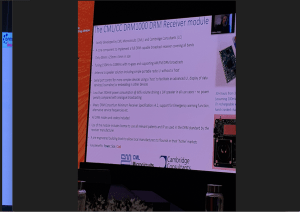 Another aspect that was of great interest to the TC participants referred to the possibility of using DRM, as one of the best ways to provide education/information free-to-air to everyone without the need for internet. DRM is also made to deliver Emergency Warnings, a much-needed feature across the Asia-pacific region.
Another aspect that was of great interest to the TC participants referred to the possibility of using DRM, as one of the best ways to provide education/information free-to-air to everyone without the need for internet. DRM is also made to deliver Emergency Warnings, a much-needed feature across the Asia-pacific region.
DRM Yogendra Pal, Hon Chair of the DRM India Chapter, while speaking in the Media Technologies and Solutions Session, outlined the ways DRM can be used for delivering social benefits by providing Distance Learning and Emergency Warnings. He mentioned that DRM Digital Radio has wide coverage and offers conventional audio data services and text. DRM is one of the best paltforms to provide education/information free-to-air to everyone without the need for internet. DRM receivers can cacheaudio and text information for further information and education access at any time.
Emergency Warning Functionality (EWF) on DRM Digital Radio allows the reliable provision of essential services to the affected people along with detailed multi-lingual text information or instruction.. On receipt of emergency warning, the receiver switches on, if in stand-by, and/or re-tunes automatically so that everybody can receive the warning signals. The DRM EWF system allows information to reach the listeners in the affected areas.
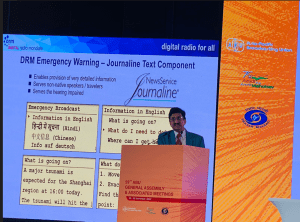 DRM for FM is an easy and flexible way to transition from energy-hungry FM to spectrum and power saving DRM. Ad the TC participants heard it is the easiest and fastest way to introduce digital Radio services in FM band by private (Pvt) Broadcasters in India is to install a standalone DRM transmitter in 600 kHz white space
DRM for FM is an easy and flexible way to transition from energy-hungry FM to spectrum and power saving DRM. Ad the TC participants heard it is the easiest and fastest way to introduce digital Radio services in FM band by private (Pvt) Broadcasters in India is to install a standalone DRM transmitter in 600 kHz white space
Mr Alexander Zink, Vice Chair of the DRM Consortium, mentioned that DRM, is the only standard which works in all Radio broadcast bands. He added that India already has the largest deployment of DRM in MW and SW bands and has a very good DRM receivers infrastructure with over 5 million cars, standalone receivers and app for mobiles.
Keeping in view the recommendations of the Regulator (TRAI) for introduction of digital broadcasting in FM bands by private Indian broadcasters, he opined that, as demonstrated to AIR & Pvt Broadcasters in Jaipur early last year, the easiest and fastest way is to install a DRM transmitter in the 600 kHz white space in every city in India. This can give up to 5 DRM blocks, one each could, for example, be allocated to 5 broadcasters. Mr Zink added that this does not require any change in the existing transmitters used by Pvt Broadcasters and would not affect the existing analogue FM transmissions. The existing DRM receivers can be easily software upgraded to DRM FM without any changes in the hardware. He added that DRM transmitters can be installed by Prasar Bharati, Ministry, BECIL, the network distributor in India (as they are providing CTI) or any other agency and channels can be then leased out to Pvt Broadcasters. They may share the cost or pay rentals.
The DRM presentations at the TC ABU GA were new, fresh and practical. For more information please contact: projectoffice@drm.org.


